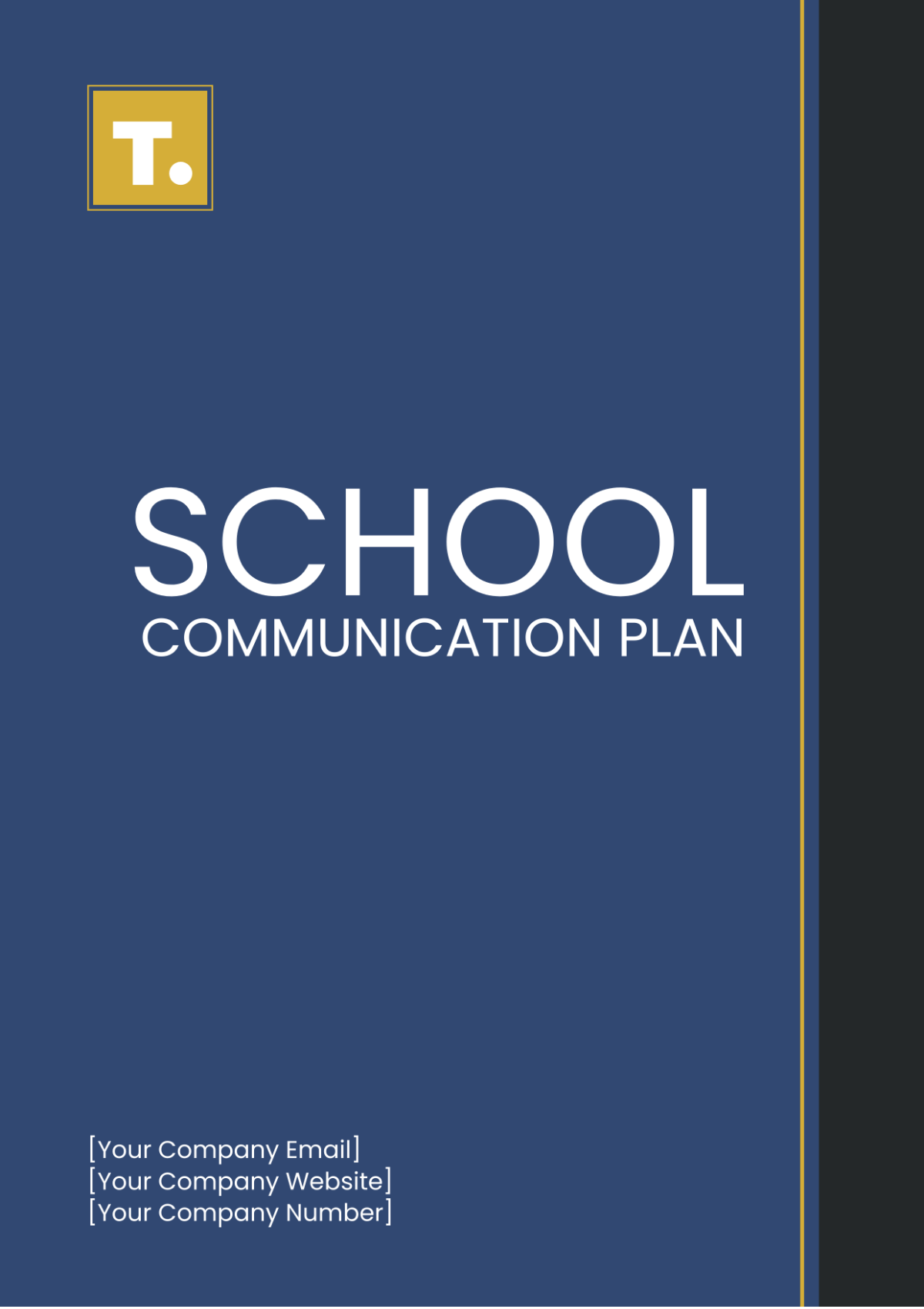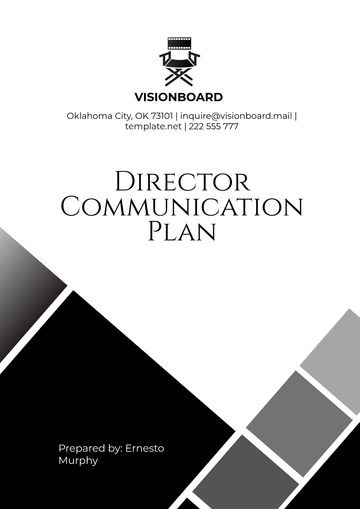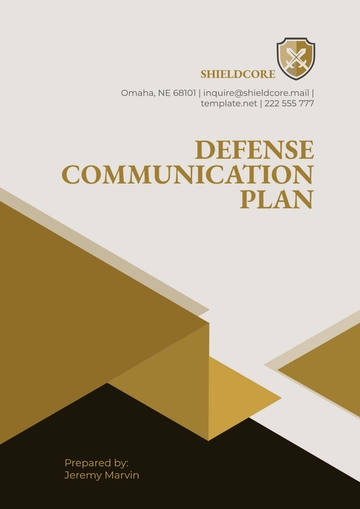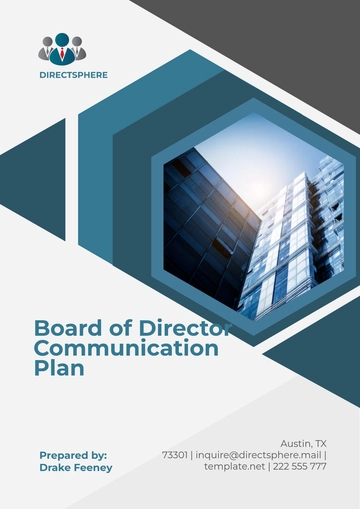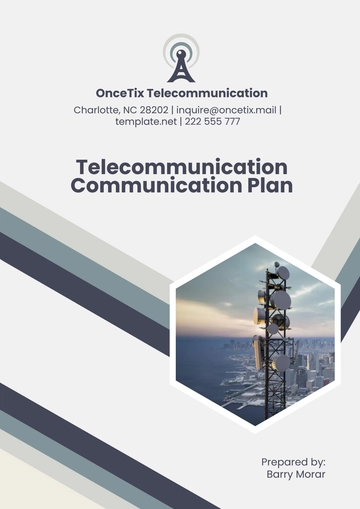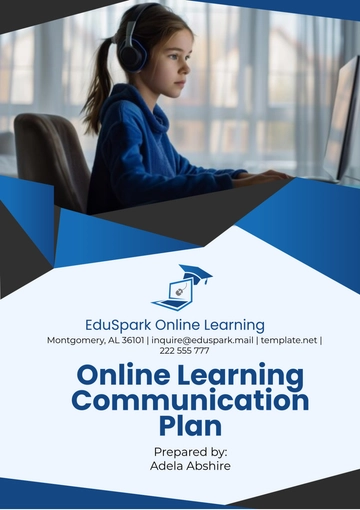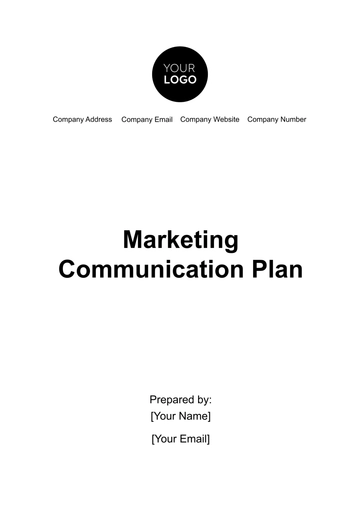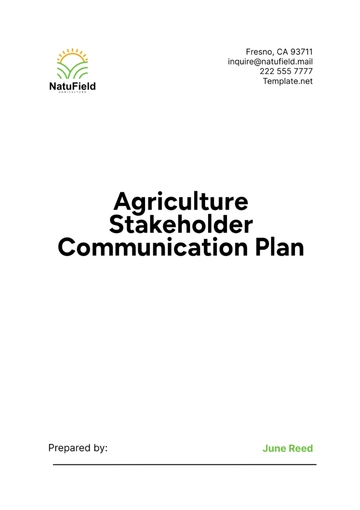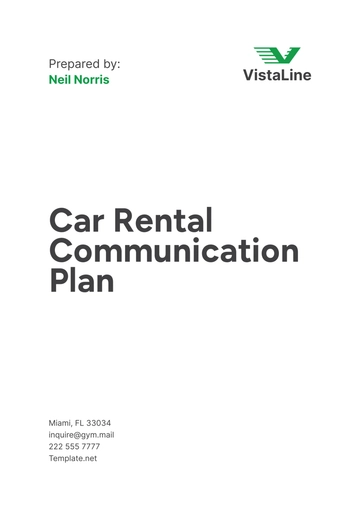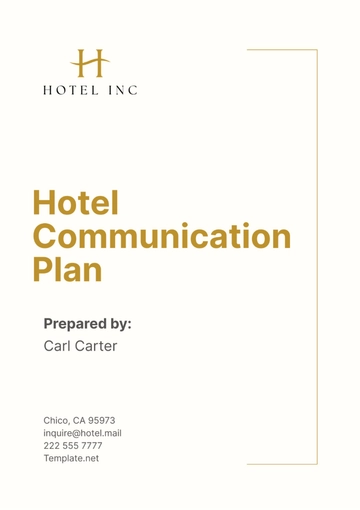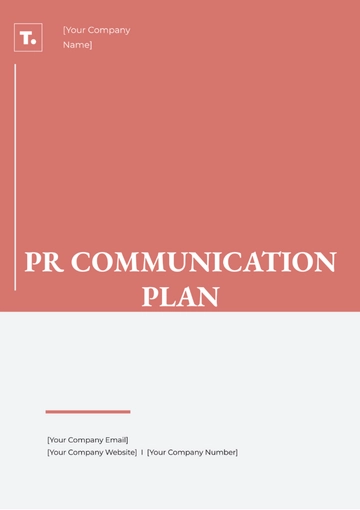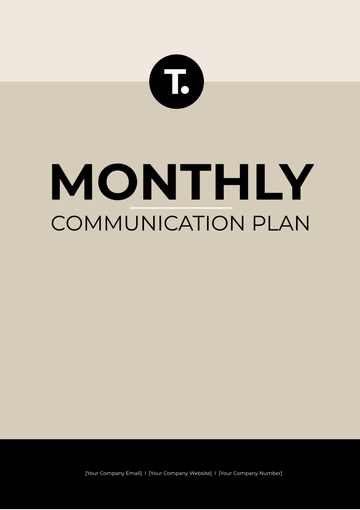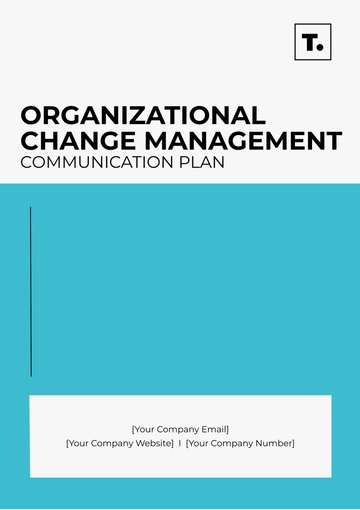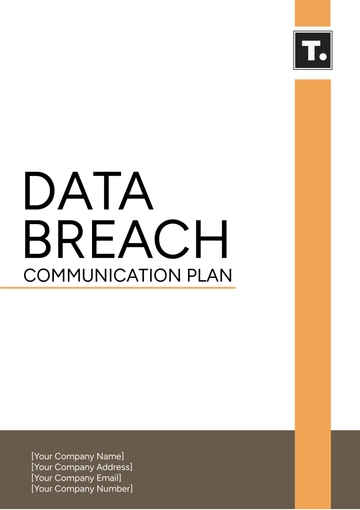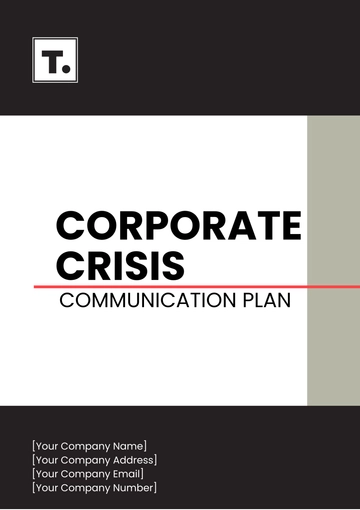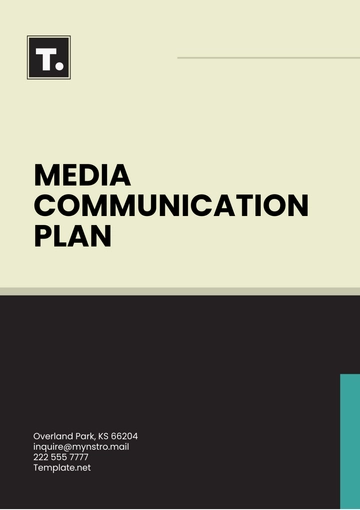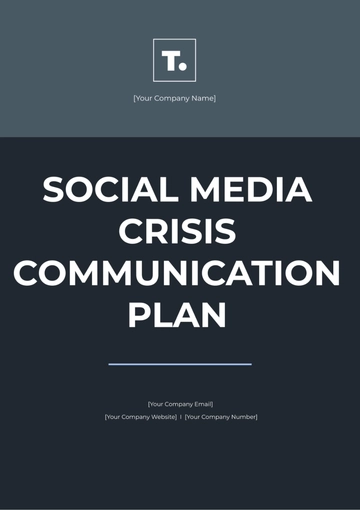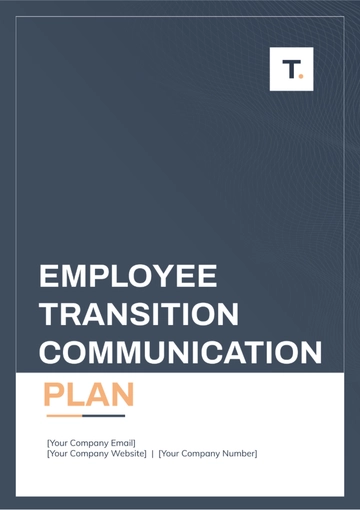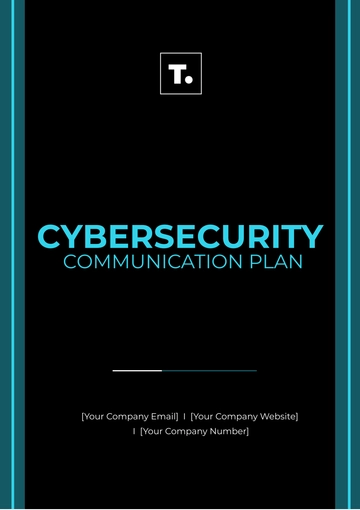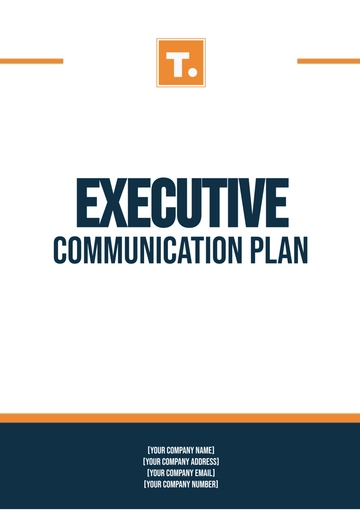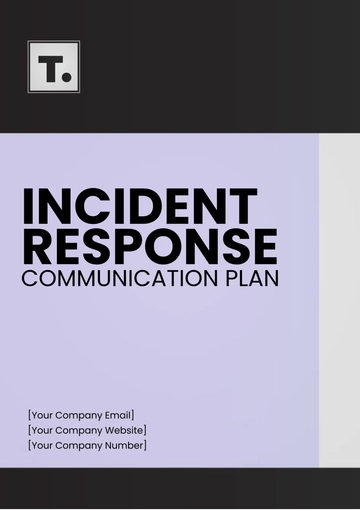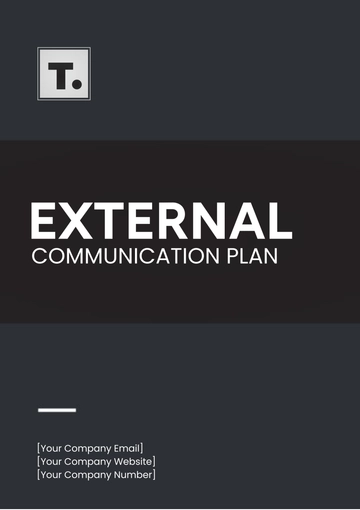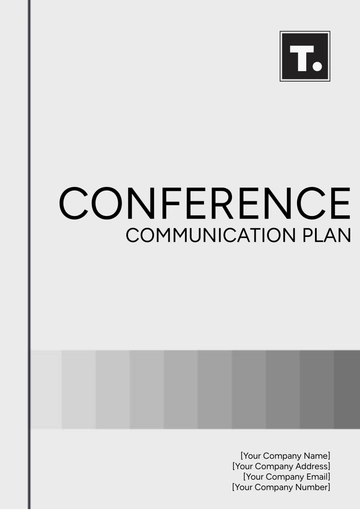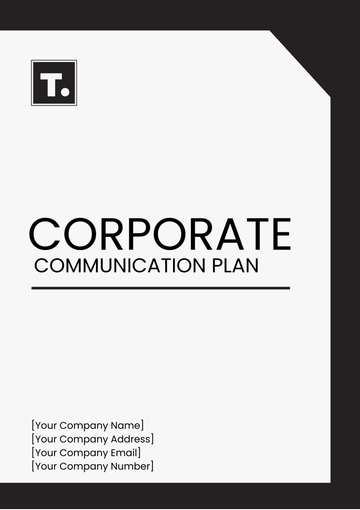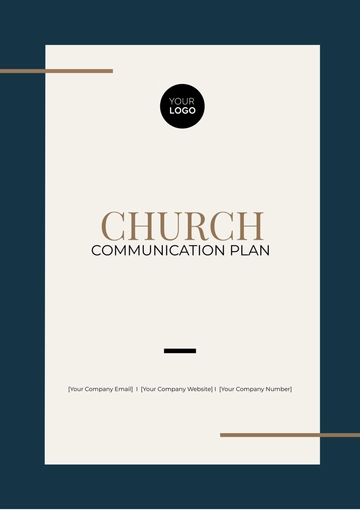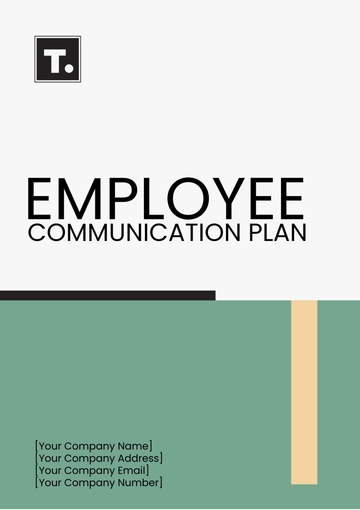SCHOOL COMMUNICATION PLAN
Written by: [Your Name]
I. Introduction
As the School Committee, we must establish a robust communication plan that serves as the cornerstone of our efforts to enhance collaboration and transparency within our educational institution. This plan aims to outline our strategies for effective communication among stakeholders, ensuring that all members of our school community are informed, engaged, and supported.
II. Goals and Objectives
Our overarching goals are centered around fostering a sense of belonging, facilitating meaningful engagement, and promoting academic success within our school community. Our specific objectives include:
A. Goal 1: Foster Parent-Teacher Collaboration
Objective: Increase parent participation in school activities by 20% within the academic year through regular communication and involvement initiatives.
B. Goal 2: Enhance Student Engagement
Objective: Implement monthly student surveys to gather feedback on school events, curriculum, and extracurricular activities to tailor our offerings to student preferences.
C. Goal 3: Improve Staff Coordination
Objective: Streamline communication channels to reduce response times to staff inquiries by 30%, thereby improving efficiency and collaboration among faculty and staff members.
III. Stakeholder Analysis
Understanding our stakeholders' needs and preferences is essential for tailoring our communication strategies effectively. Our stakeholders include:
IV. Communication Channels
We will utilize a diverse range of communication channels to reach our stakeholders effectively, including:
Email: Our primary channel for official announcements, newsletters, and individual correspondence, ensuring timely and direct communication.
School Website: A centralized platform for sharing comprehensive information about school policies, events, curriculum updates, and resources accessible to all stakeholders.
V. Messaging Guidelines
Our messaging will be guided by principles of clarity, transparency, and inclusivity to ensure that all stakeholders receive relevant and understandable information. Key guidelines include:
VI. Roles and Responsibilities
To ensure the effective implementation of our communication plan, we will assign specific roles and responsibilities to members of our school committee, faculty, and staff. Responsibilities include:
Teachers: Act as key communicators, sharing important information with students, parents, and colleagues and facilitating feedback collection.
Communication Specialists: Develop content for newsletters, social media posts, and other communication materials, ensuring consistency and relevance.
VII. Timeline and Schedule
We have developed a detailed timeline and schedule for planned communications and major events throughout the academic year, ensuring proactive engagement with stakeholders. Key milestones include:
Monthly Newsletter: Distributed to parents via email on the first Friday of each month, providing updates on school events, achievements, and important announcements.
Biweekly Staff Meetings: Held every other Monday to provide updates on school policies, curriculum changes, and upcoming events, fostering collaboration and alignment among staff members.
VIII. Evaluation and Feedback
Continuous evaluation and feedback are essential for assessing the effectiveness of our communication strategies and identifying areas for improvement. Our evaluation methods include:
Analysis of Communication Metrics: Regularly analyze communication metrics such as email open rates, website traffic, and social media engagement to assess the reach and impact of our communication efforts.
Plan Templates @ Template.net
